Citroën: from the Méhari to the Ami Buggy, the praise of automotive freedom
- Jérémy

- Aug 18
- 4 min read

Since its very beginning in 1919 with the Type A, Citroën has established itself as an essential benchmark for automotive comfort. This pursuit of well-being on board has become a true signature, a common thread that connects all models from the brand with the chevrons. However, to view Citroën solely through this lens would be to overlook another facet of its identity, one that is just as bold and inspiring: its passion for adventure. This less conventional but equally ingrained tradition in its DNA is expressed through a line of vehicles designed for the outdoors and leisure. The recent arrival of the My Ami Buggy rekindles this flame and invites us to draw a fascinating parallel with its spiritual predecessors, the unforgettable Méhari and the visionary Cactus M concept. Together, they form a family of models that share the same philosophy: to celebrate freedom and the simple joys of driving with the wind in your hair.
A lineage dedicated to the spirit of escape
Citroën's philosophy on leisure vehicles is not a recent development. It is rooted in a simple idea: the automobile should be a source of pleasure and escape accessible to everyone. This vision was most spectacularly embodied in May 1968 with the launch of the Méhari. Built on a Dyane 6 platform and featuring a thermoformed ABS plastic body, it was the antithesis of the status symbol car. Lightweight, practical, and easy to maintain with a simple hose-down, it was designed for everyday adventure. By removing the doors and roof, the Méhari offered a fully immersive driving experience, in direct contact with the elements. It was not just a car, but a true way of life, a symbol of newfound freedom.
Nearly half a century later, in 2015, Citroën revived this spirit with the Cactus M concept. Unveiled at the Frankfurt Motor Show, this prototype was not just a design exercise, but a modern reinterpretation of the Méhari philosophy. Based on the C4 Cactus, the M concept adopted its uninhibited approach while adding a strong "outdoor" dimension. With its completely open cabin, water-resistant materials inspired by surfing such as neoprene, and the ability to step over the bodywork to get on board, the Cactus M broke down the barriers between the interior and the outside world. It was a promise of escape, a vehicle designed to make leisure the heart of the driving experience. Although it remained a concept, its spirit infused the brand's range and paved the way for the next chapter in this saga.
This next chapter is the My Ami Buggy. On the surface, this small electric quadricycle seems worlds away from the Méhari. Yet, in terms of philosophy, it is its most direct heir. Designed as a playful mobility object, the Ami Buggy adopts the same codes: no doors, a roll-up canvas roof, a rugged adventurer design, and a simplicity that invites adventure. It proves that the spirit of the Méhari can be reincarnated in the era of electric mobility, while retaining the essentials: providing an unparalleled sense of freedom and a direct connection with the environment, whether on country roads or along the beach.
Three models, one shared ode to automotive freedom
The Citroën Méhari (1968-1987) was a true phenomenon. With nearly 145,000 units produced, it left its mark on its era with its atypical concept. Its name, borrowed from the fast and resilient dromedary camel, spoke volumes about its purpose: a sober, sturdy, and all-terrain vehicle. Its body, made of dyed-in-the-mass plastic, made it impervious to rust and minor impacts, making it the ideal companion for families on holiday, craftsmen, and even the French army. Its modularity, practicality, and low running costs, inherited from the 2CV and Dyane, ensured its lasting success. Today, it remains an icon, a symbol of an era and a certain idea of carefree living.
The Citroën Cactus M concept (2015) acted as a catalyst, showing that this philosophy remained relevant in the 21st century. It explored innovative solutions, such as a cabin that could be completely washed with a water jet thanks to integrated drainage plugs, or an inflatable soft-top that could be converted into a tent for two people. By stripping away the superfluous, the Cactus M focused on well-being and sharing, transforming the car into a true base camp for leisure activities. It demonstrated Citroën's consistency in its desire to offer vehicles that do more than just transport people; they create experiences.
Finally, the My Ami Buggy (launched in 2022) successfully transposes this heritage into an ultra-compact and 100% electric format. It makes adventure accessible to all, from the age of 14 in France, without a driver's license. As a quadricycle, it focuses on micro-journeys and local leisure. Its meteoric commercial success, with limited editions selling out in minutes, proves that there is strong demand for a fun, quirky, and smile-inducing form of mobility. The link between these three models is therefore clear: they share a common DNA of boldness, simplicity, and an outward-facing design. They are an ode to a joyful and unconstrained automotive freedom.
At Citroën, audacity is not just a word. While the brand has built its reputation on a promise of absolute well-being and comfort, it has always, in parallel, made adventure one of its favorite playgrounds. The lineage that connects the Méhari, the Cactus M concept, and the My Ami Buggy is striking proof of this duality. It demonstrates a unique ability to reinvent itself to offer vehicles that think outside the box. By providing the opportunity to drive in the open air, with the wind in your hair, in vehicles that are simple, clever, and accessible, Citroën is doing more than just selling cars. The brand is perpetuating an optimistic and profoundly human vision of the automobile: that of an object of freedom, leisure, and shared happiness.


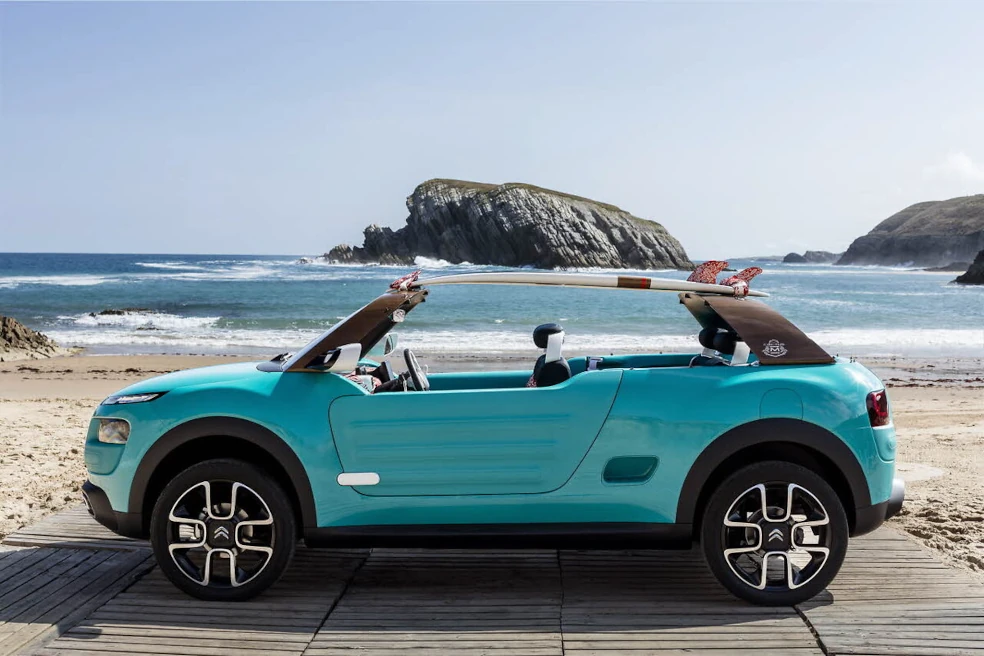
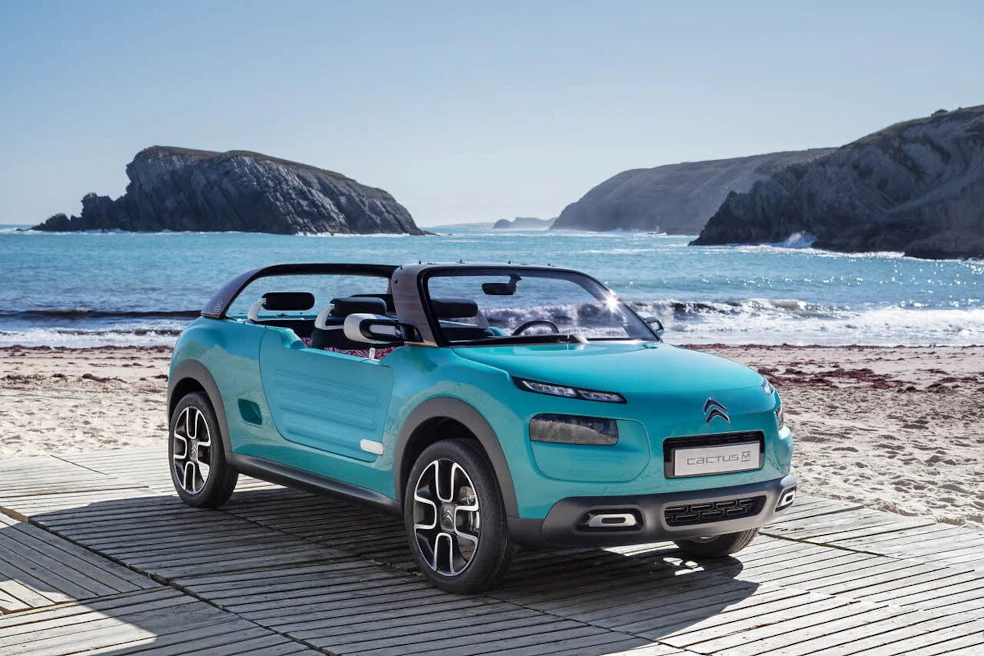
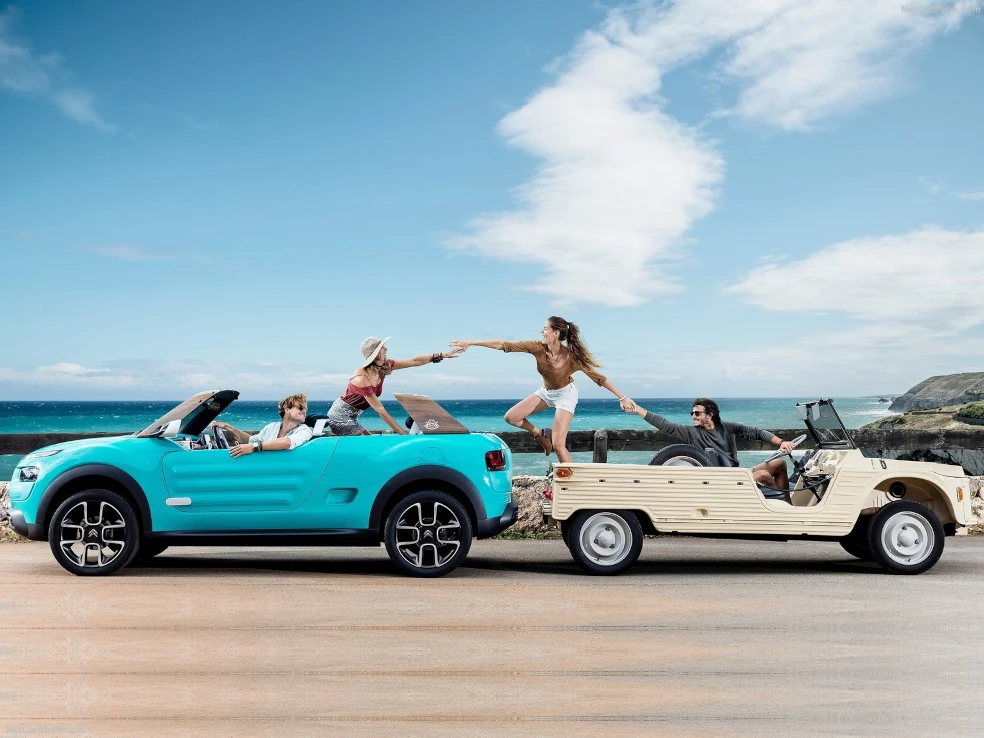
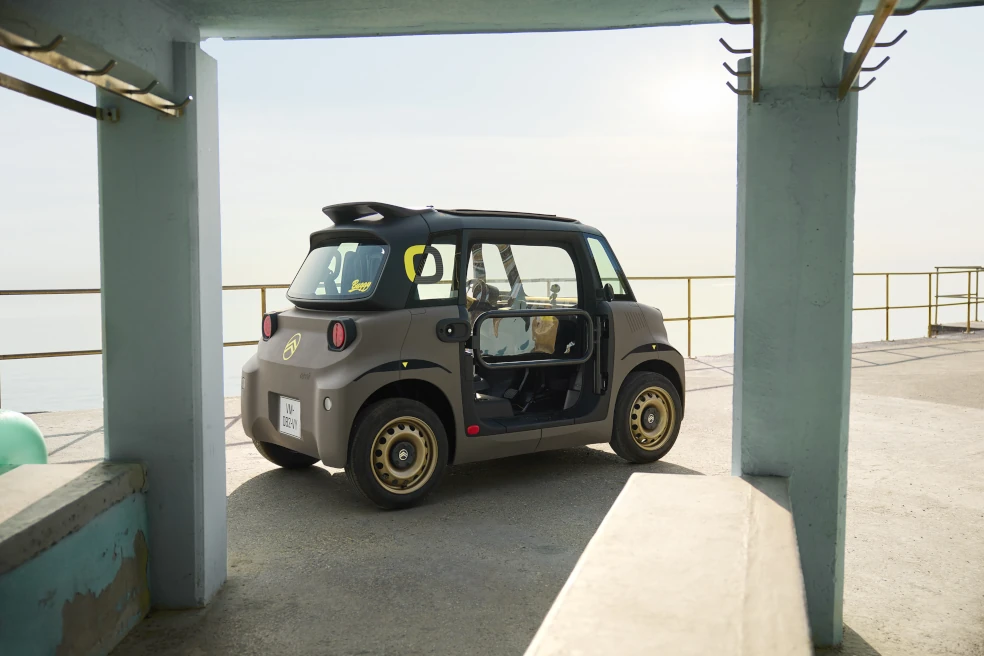
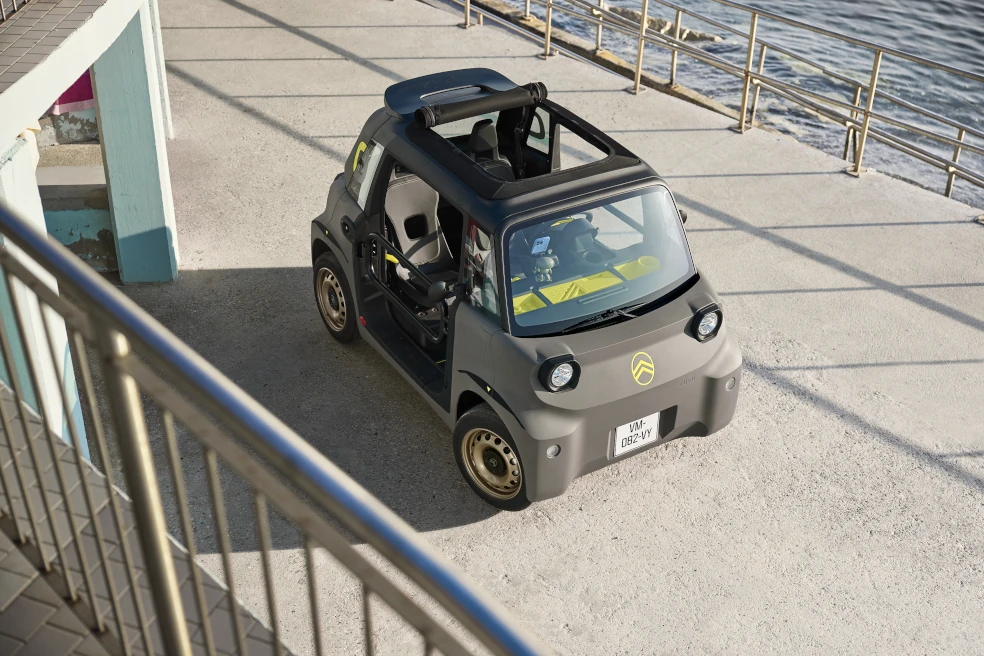
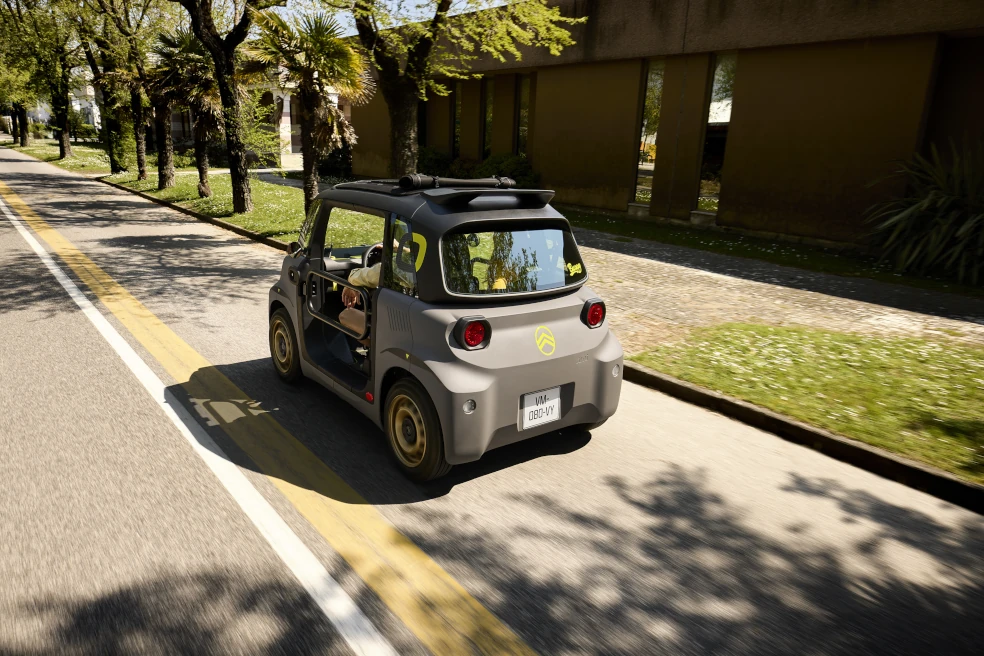




Comments